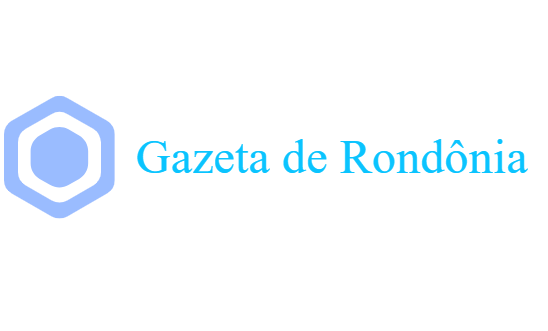Sure! Here’s a rewritten version of the content:
In 2020, research revealed the existence of 100,000 fragments of natural vegetation, with 78,000 of these classified as forests.

A groundbreaking study indicates that the total Amazonian vegetation cover in Rondônia has decreased from 90% to 62% over a span of 34 years. The research highlights a significant increase in the number of forest fragments in the region, although these patches of native vegetation are increasingly being diminished, degraded, and isolated, particularly in relation to large vegetation remnants and protected areas.
These findings were published in the scientific journal Environmental Conservation on Wednesday (7) by researchers from the University of the State of Mato Grosso (UNEMAT) and the National Institute for Amazon Research (INPA), along with collaborators from other Brazilian and international institutions. The study utilized data from MapBiomas, incorporating high-resolution satellite images from eight time phases from 1986 to 2020, combined with landscape ecology metrics.
Natural vegetation in the state, which includes forests and other formations such as savannas and grasslands, has declined from 91% to 62.7%, resulting in a total loss of nearly 7 million hectares. Specifically, forest cover, which refers exclusively to forested areas, has decreased by one-third—from 85.3% to 57.1%.
The research identified an increase in vegetation fragments over time. As of 2020, approximately 100,000 fragments of natural vegetation existed, with 78,000 classified as forest. These changes have a direct impact on biodiversity conservation. Over half of the fragments are located at least one kilometer away from the nearest forest edge, which diminishes habitat quality for local species.
Despite the significance of protected areas, the study found that in 2020, only 20.4% of the forest area and 21.8% of the natural vegetation were within conservation units. Indigenous lands comprised 33.6% and 32.2% of these areas, respectively. Moreover, most of the vegetation cover outside indigenous territories or conservation units was situated more than 10 kilometers away from the nearest protected area.
Researchers assert that all indigenous lands and conservation units, both state and federal, should be preserved in Rondônia. Due to political pressures on these areas, enhancing surveillance and holding accountable those engaged in illegal activities, such as land grabbing, is crucial. “While biodiversity in unprotected fragments has declined, conservation units and indigenous lands serve as primary refuges,” states Luan Goebel, the study’s lead author, a doctoral graduate from UNEMAT and currently a postdoctoral researcher. The authors advocate for the creation of ecological corridors to connect remnants and alleviate the impacts of isolated forest areas.
This research is part of a larger initiative to understand the repercussions of this trend on local fauna. A second completed study analyzed how bioindicator birds and mammals are affected by habitat loss. The results indicate that Rondônia is experiencing a rapid decline in biodiversity, particularly among medium and large mammals such as peccaries, deer, jaguars, and otters. “The next step will involve integrating ecological and biological data to develop a list of threatened species in Rondônia,” reveals biologist Philip M. Fearnside, an INPA researcher and the study’s advisor.
Source: Agência Bori







Leave a Comment